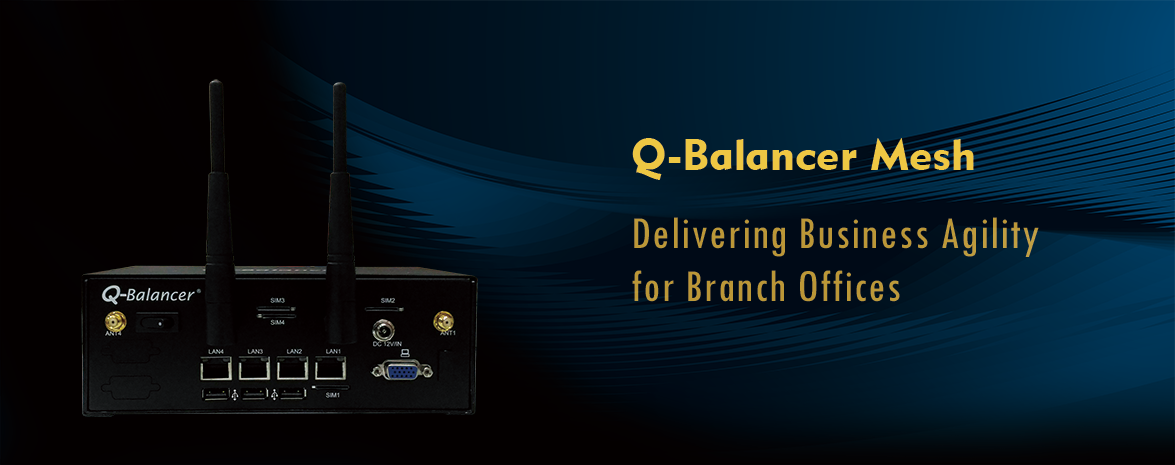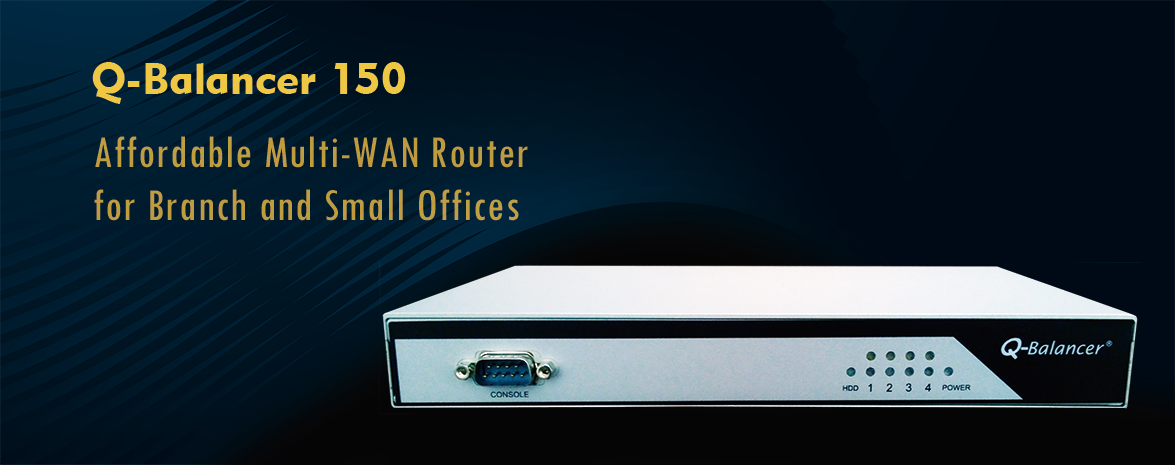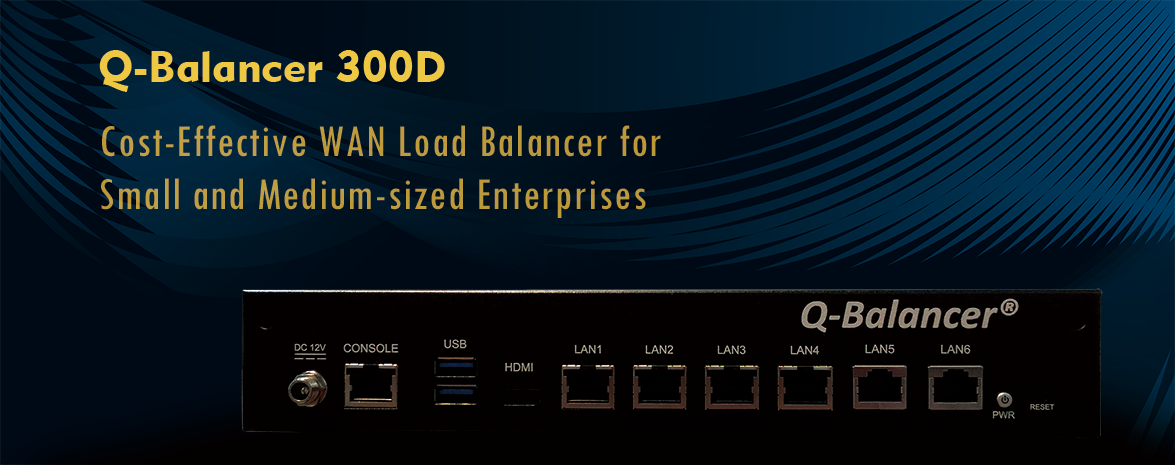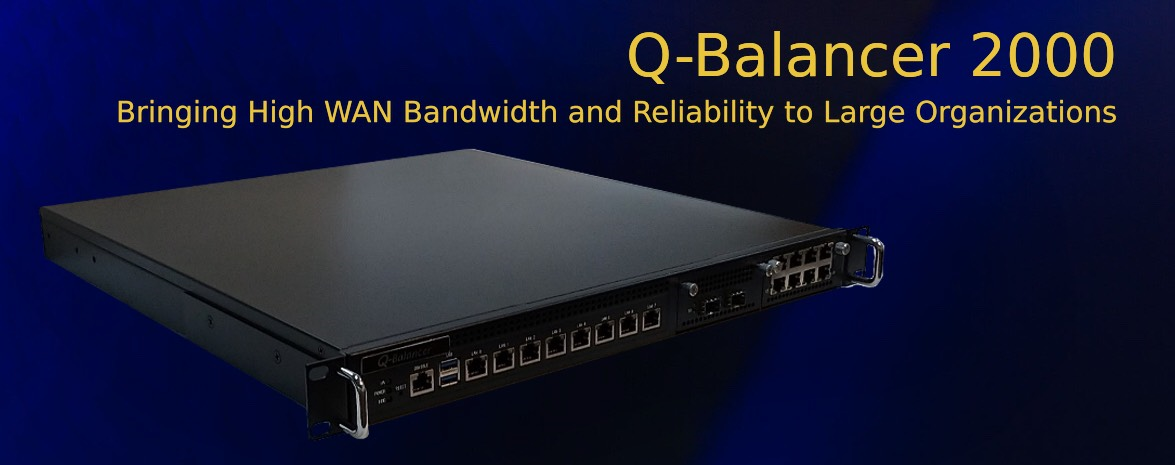Introduction:
This following table outlines the comparison of Bridge mode to ARP Proxy mode for Q-Balancer deployment:
|
|
Bridge Mode |
ARP Proxy Mode |
|
Layer of Operation |
Layer 2 |
Layer 3 |
|
ARP behavior |
Q-Balancer is invisible on the network and acts as a layer 2 bridge between network devices such as switch, router, or firewall. Thus, when an ARP broadcast comes, Q-Balancer gets the packet and forwards it to the adjacent hosts. |
ARP is proxied by the interfaces operating in ARP Proxy mode in Q-Balancer. |
|
NAT |
Both NAT and No NAT are supported |
Both NAT and No NAT are supported |
|
WAN failover & load balancing |
Fully compatible. |
Fully compatible. |
|
VPN support |
Supported with no special configuration requirements. |
Supported with no special configuration requirements. |
|
Incoming requests |
All incoming requests are able to access the hosts in the transparent zone by default. |
All incoming requests are merely able to access the hosts registered at IP Binding. |
|
LAN bypass |
Allow network traffic to be bypassed on specific error conditions, for example, a power failure |
Allow network traffic to be bypassed on specific error conditions, for example, a power failure. |
|
PPPoE support
|
PPPoE packets can be passed through a bridge-pair on Q-Balancer |
Interfaces operating in ARP mode do not allow PPPoE packets to pass through. |
|
DHCP support |
DHCP can be passed through a bridge-pair on Q-Balancer. |
Interfaces operating in ARP mode do not allow DHCP packets to pass through. |
























































